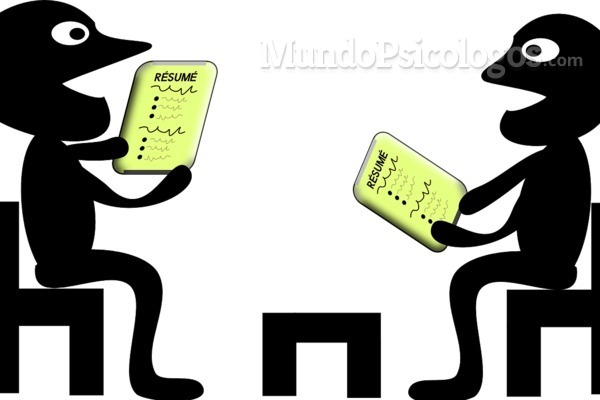There are situations that can be analyzed from different points of view and perspectives, not only because they are problematic, but because we want to improve our way of dealing with them.

Usually when we face any situation we start from our own interpretation, which is determined by our experience in similar past situations, which we have experienced directly or indirectly.
This interpretation will tell us how we can deal with it, and whether we will do it successfully or not.
This way of acting is logical, it saves us time when making decisions and acting. We cannot be valuing each and every one of our actions.
Now, there are situations that can be analyzed from different points of view and perspectives, not only because they are problematic, but because we want to improve our way of dealing with them or even our performance.
In psychology we use a systematized technique that gives good results. This technique uses empathy and changing perspective. A bit like athletes do when they review previously recorded matches and training sessions.
In my own application experience and in therapy, this technique consists of at least 4 stages, which can be repeated cyclically until we achieve an improvement in our performance in a situation:
1. In this first stage, we imagine the target situation. We analyze what we do, think and feel. Always from a subjective point of view, we remember our thoughts and interpretation of the situation. We remember our emotions and feelings. We try to be fully aware.
2. In the second stage, we change the point of view. We try to put ourselves in the shoes of the person or people who, directly or indirectly, interact with us. We will use empathy, so we will try to identify what the probable thoughts, emotions and feelings of others could be in the situation under analysis. The objective is to change the perspective, verifying that there are different alternatives, and not only the subjective one of each one.
3. In the third stage, just like an athlete watching a video of the game, we imagine the situation from the point of view of a spectator. We will analyze the situation without getting involved, but identifying the behaviors of the different interlocutors, their reactions and movements that denote their emotions, as well as their possible thoughts and intentions.
4. The fourth stage serves to return to the point of view of the first stage, but now taking into account everything that we have been able to visualize in the 3 previous stages. We will be able to compare the interpretation of initial thoughts, behaviors and emotions with those we have now after changing perspective.
We will have sufficient elements to be able to modify and improve our interpretation and our behaviors in order to improve performance in the target situation.
5. We can continue going through the different stages taking into account everything that has been seen in the previous stages, in order to have greater clarity about the situation.
The application of this technique should be done in a state of relaxation and tranquility, without interference.
Sometimes it is possible to do it yourself, but in some cases it is necessary for a psychologist to guide its application.








